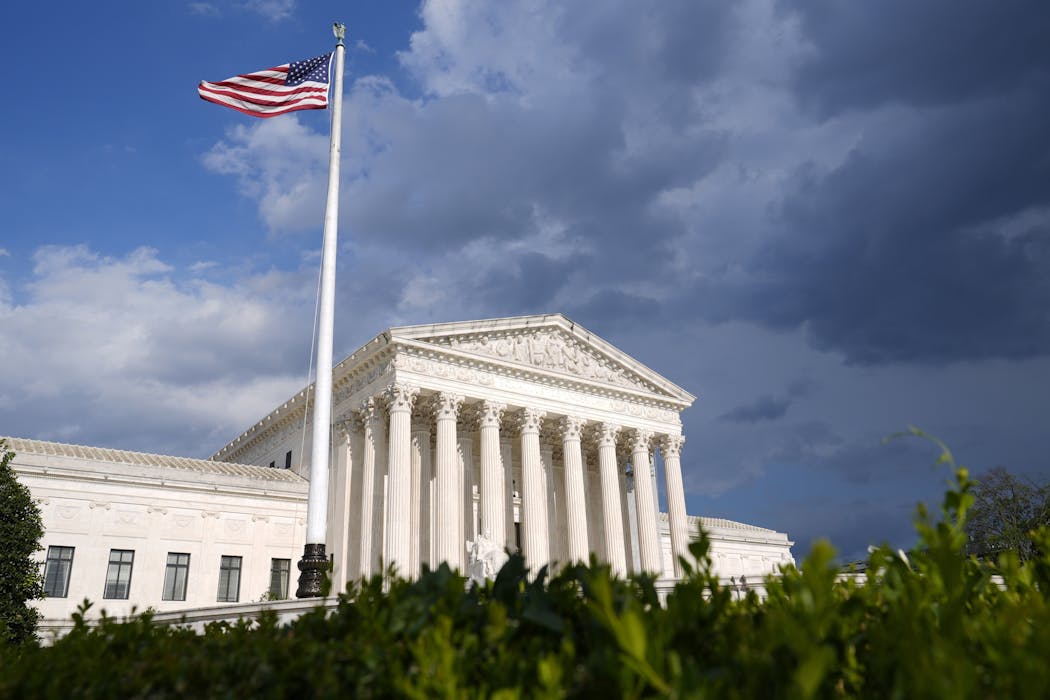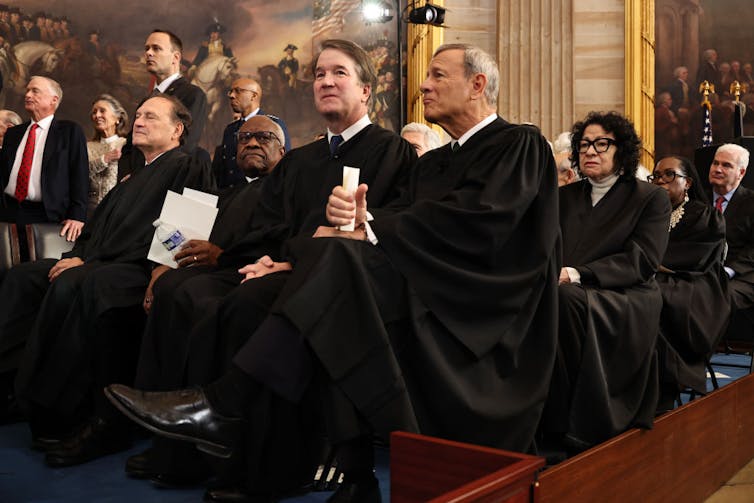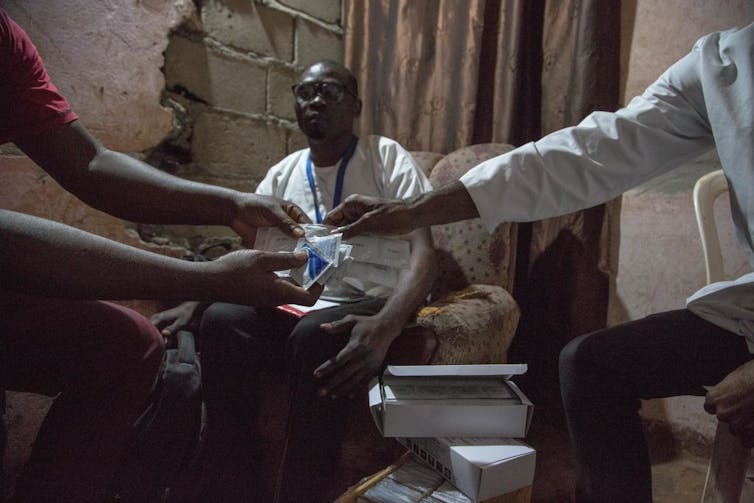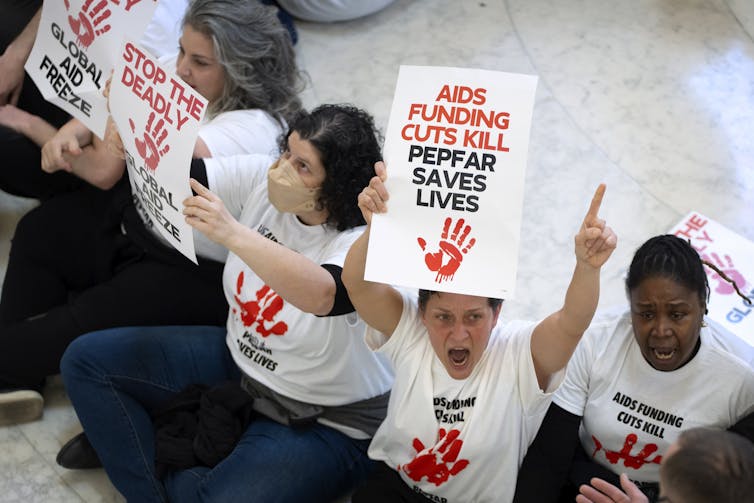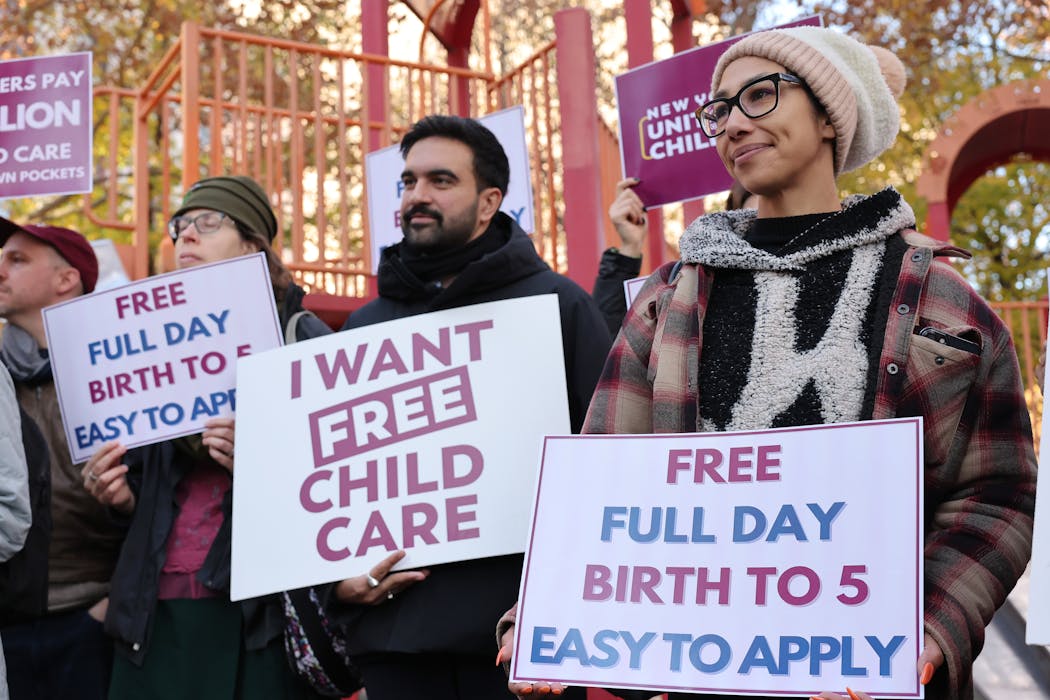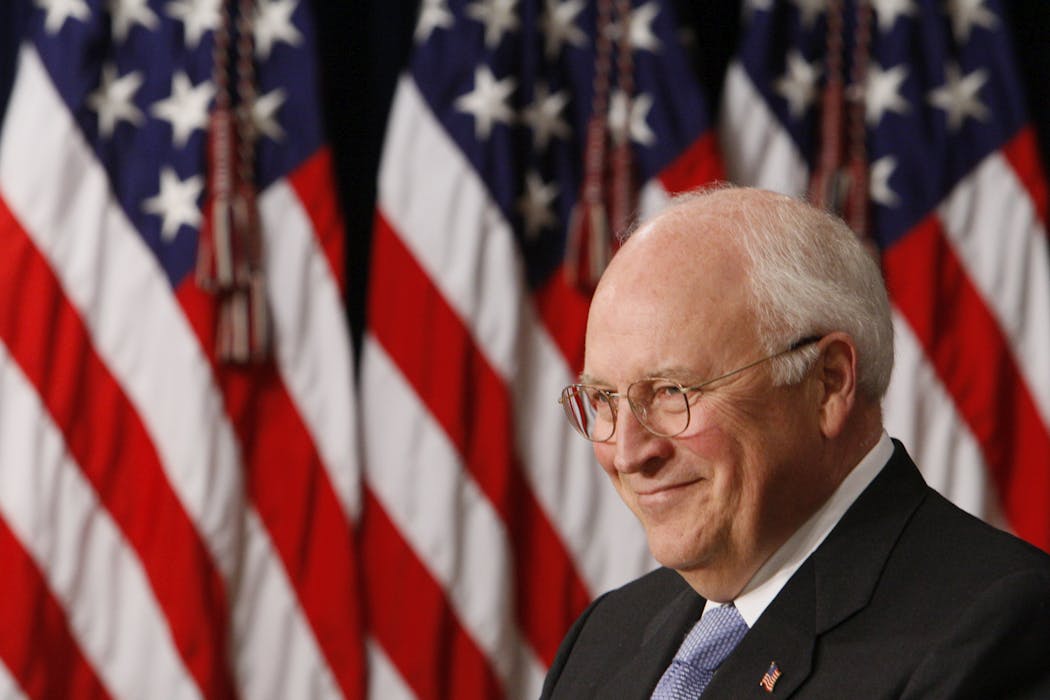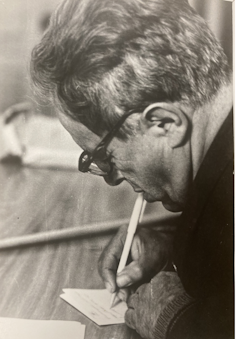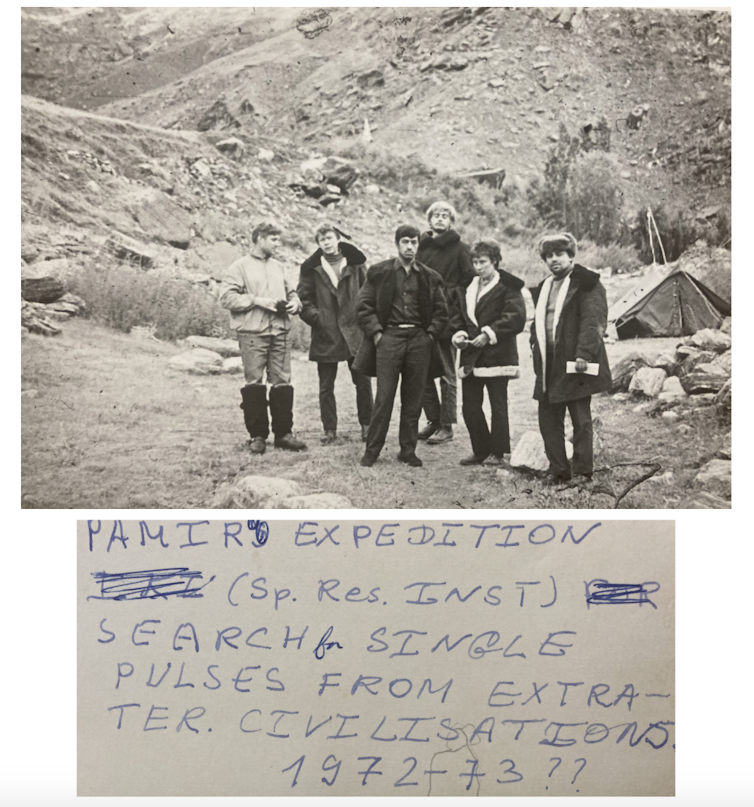Source: The Conversation – USA (3) – By Marisha Burden, Professor of Medicine–Hospital Medicine, University of Colorado Anschutz Medical Campus

We’ve all been there: You wait 45 minutes in the exam room when the doctor finally walks in.
They seem rushed. A few questions, a quick exam, a glance at the clock and then a rapid-fire plan with little time for discussion – and you leave feeling unheard, hurried and frustrated.
And what if you’re hospitalized? You may face a similar experience.
More than half of U.S. adults say their doctors have ignored or dismissed their concerns, or not taken their symptoms seriously, according to a December 2022 national poll.
It’s easy to blame the doctor. But the reality is, most doctors would like to sit down and have an in-depth conversation with patients and their families. Instead, your unpleasant visit may be the result of productivity pressures and administrative burdens, often shaped by health care systems, payment models and policy decisions that influence how care is delivered.
Patients are increasingly experiencing what’s known as administrative harm – those unintended but very real consequences arising from administrative decisions, made far upstream, that directly influence how doctors practice. Ultimately, these types of interactions affect the care patients receive and their outcomes.
As a doctor and researcher who specializes in business and health care delivery, I’ve studied how organizational decisions have ripple effects, shaping patients’ relationships with their doctor and the quality of care they receive. Patients may be unaware of these upstream administrative decisions, but they affect everything from time allotted for an appointment to the number of patients the doctor has to see and whether a visit is covered by insurance.

ljubaphoto/E+ via Getty Images
A look behind the scenes
Increasingly, health care organizations and physician groups face intense financial pressures. Many doctors can no longer sustain their private practice due to declining reimbursements, rising costs and increasing administrative burdens; instead, they’ve become employees of larger health care systems. In some cases, their practices have been acquired by private equity groups.
With this shift, doctors have less control over their workloads and the time they get with their patients. More and more, payment models fail to cover the true cost of care. The default solution is often for doctors to see more patients with less time for each, and to squeeze in additional work after hours.
But that approach comes with costs, among them the time needed to build meaningful connections with patients. That negative, impolite tone you may have experienced might be because the doctor has many patients waiting and a full evening ahead just to catch up on writing visit notes, reviewing medical records and completing other required documentation. During the work day, they’re often fielding over 100 messages and alerts daily, including referrals and coordinating care, all while trying to focus on the patient in front of them.
But the consequences go beyond their bedside manner. Research makes clear that doctors’ performance and the quality of care patients receive are affected by their workload. A similar pattern is true with nurses: Their higher workloads are associated with higher death rates among hospitalized patients.
Suppose you’re hospitalized for pneumonia, but because your doctor is caring for too many patients, your hospital stay is longer, which increases your risks of infection, muscle loss and other adverse outcomes. In the doctor’s office, a rushed visit can mean delayed or missed diagnoses and even prescription errors.
About half of U.S. doctors report feelings of burnout, and about one-third are considering leaving their current job, with 60% of those likely to leave clinical practice entirely.
Long work hours also brings higher risks of heart disease, stroke and other health problems for health care professionals. In the U.S., 40% of doctors work 55 hours per week or more, compared with less than 10% of workers in other fields.

andresr/E+ via Getty Images
A better way
The administrative harms stemming from upstream decisions are not inevitable. In large part, they are preventable. Overhauling the health care system may seem daunting, but patients and doctors are not powerless.
Patients and their families must advocate for themselves. Ask questions and be direct. This phrase: “I am still really worried about … ” will quickly get your doctor’s attention. If your visit seems rushed, share it with patient representatives or through patient surveys. These insights help administrative leaders recognize when systems are falling short.
Doctors and care teams should not normalize unsustainable work conditions. Health systems need structured, transparent mechanisms that make it easy and safe for doctors and care team members to report when workloads, staffing or administrative decisions may be harming patients.
Even more powerful is when patients and their doctors speak up together. Collective voices can drive meaningful change – such as lobbying for adequate time, staffing or policies to support high-quality, patient-centered care. It is also important for administrative leaders and policymakers to take responsibility for how decisions affect both patients and the care team.
More research is needed to define what safe, realistic work standards look like and how care teams should be structured. For example, when does it make sense for a doctor to provide care, or a physician assistant or nurse practitioner? At the same time, health systems have the opportunity to think creatively about new care models that address clinician shortages.
But research shows that the medical profession can’t afford to wait for perfect data to act on what’s already clear. Overworked and understaffed teams hurt both patients and their doctors.
Yet when doctors do have enough time, the interactions feel different – warmer, more patient and more attentive. And as research shows, patient outcomes improve as well.
![]()
Dr. Marisha Burden reports funding from the Agency for Healthcare Research and Quality, the National Institute for Occupational Health and Safety, University of Colorado Innovations digiSPARK award, Med-IQ and the American Medical Association not related to this work. Dr. Burden contributed to the development of GrittyWork, a digital workforce application, and a registered trademark of the University of Colorado not related to this work. The author utilized the ChatGPT language model developed by OpenAI and Microsoft Co-pilot for editing of original author content to improve readability.
– ref. Why does your doctor seem so rushed and dismissive? That bedside manner may be the result of the health care system – https://theconversation.com/why-does-your-doctor-seem-so-rushed-and-dismissive-that-bedside-manner-may-be-the-result-of-the-health-care-system-261335

